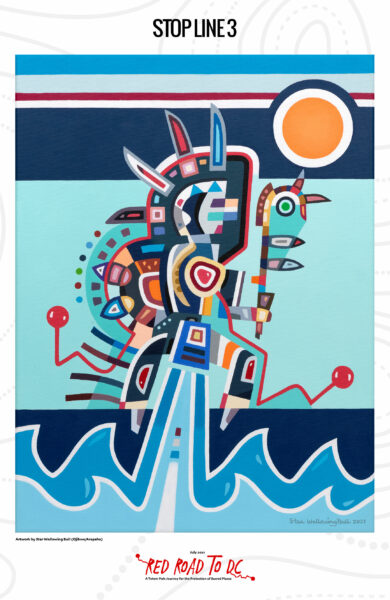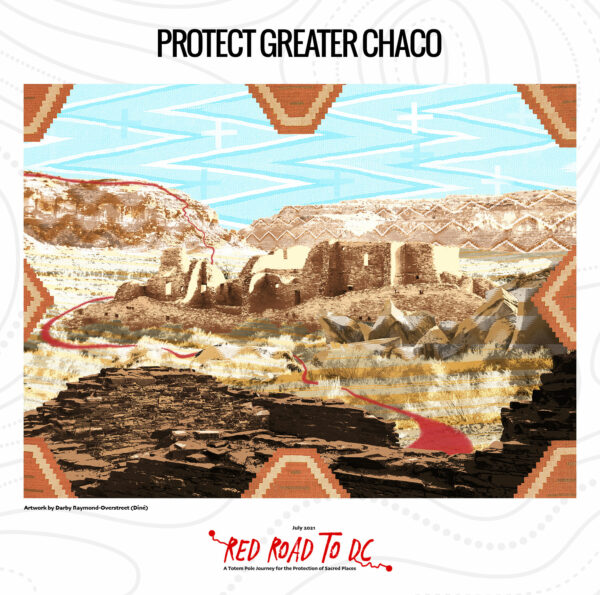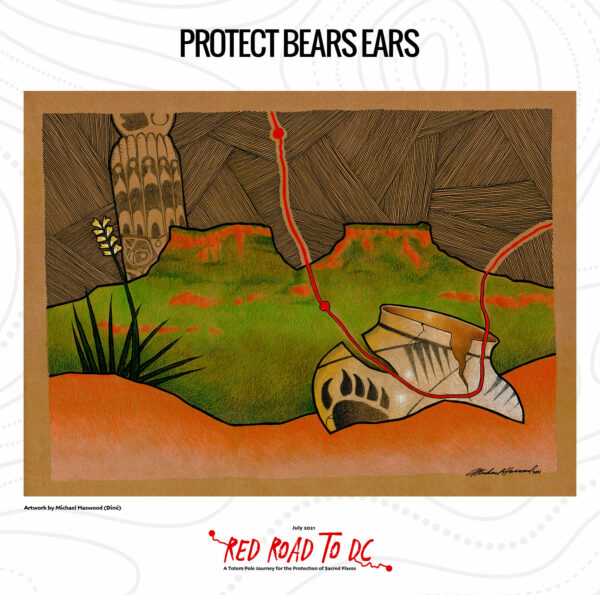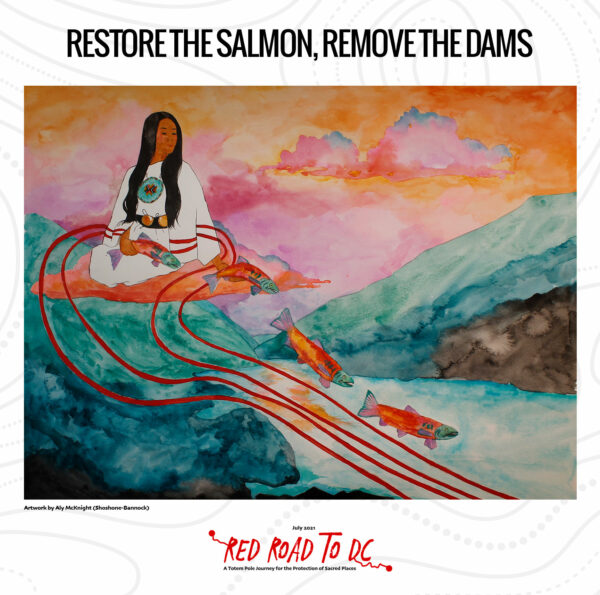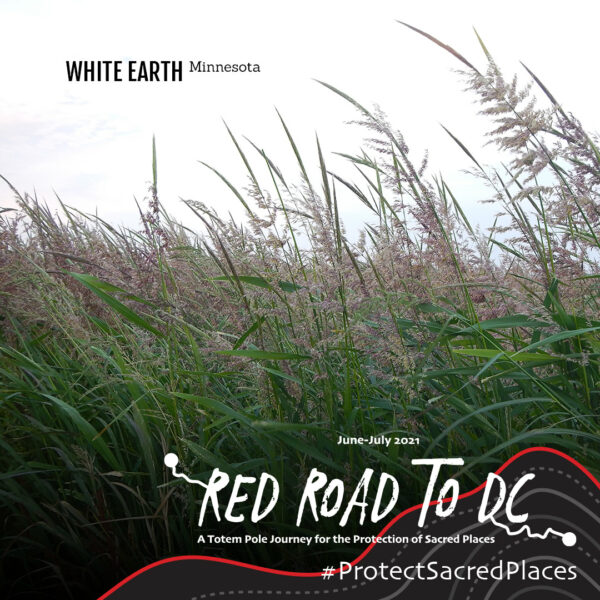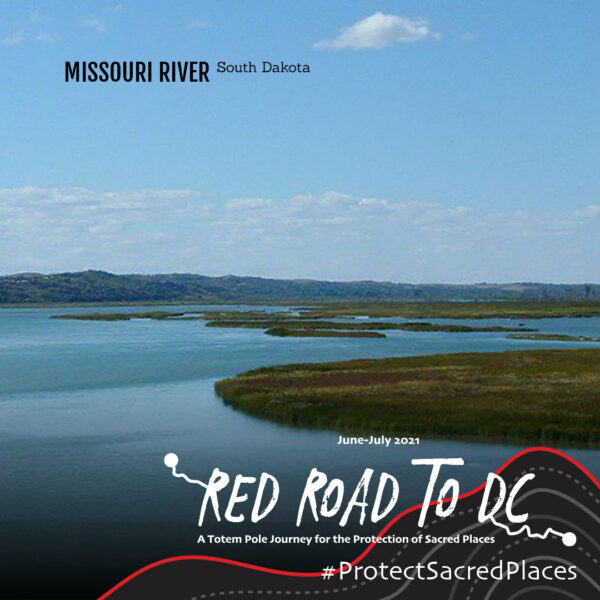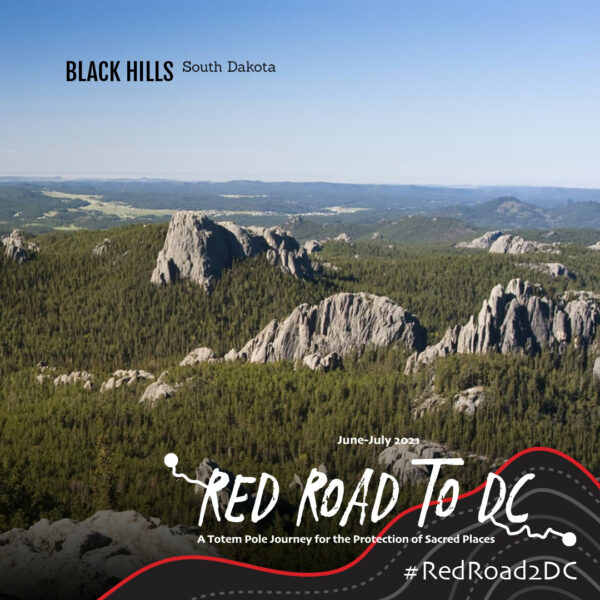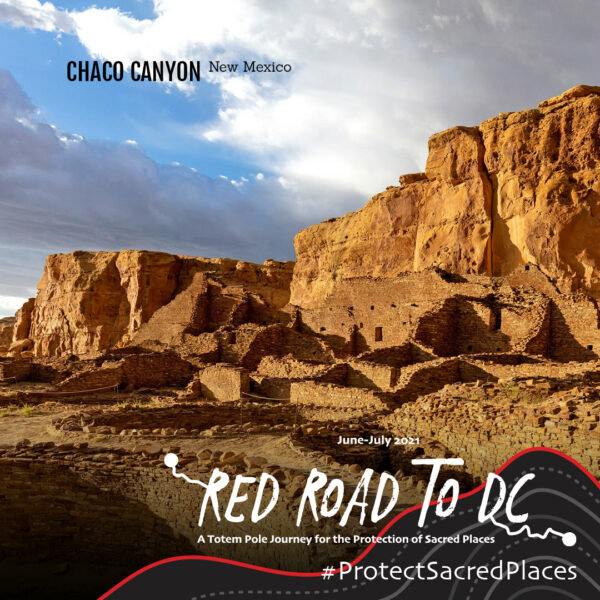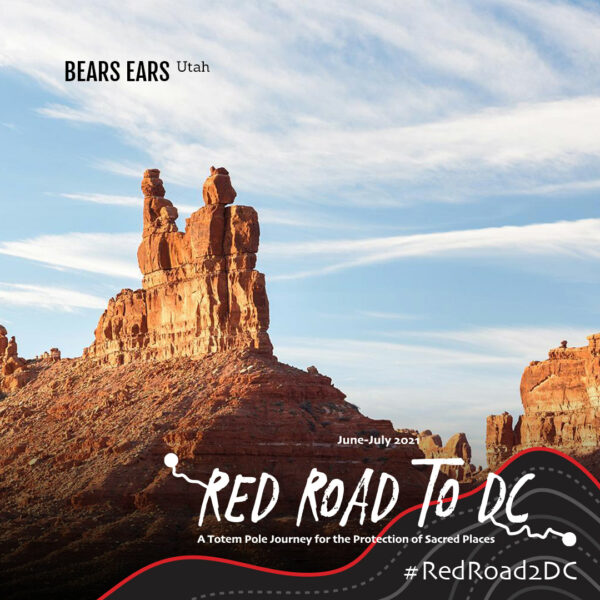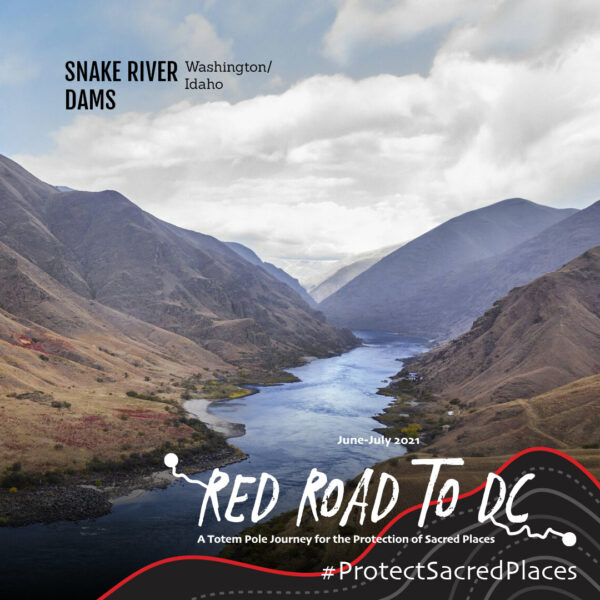Learn More
Lorem ipsum dolor sit amet, consectetur adipiscing elit, sed do eiusmod tempor incididunt ut labore et dolore magna aliqua. Adipiscing at in tellus integer feugiat scelerisque varius.
VIDEOS
Lorem ipsum dolor sit amet, consectetur adipiscing elit, sed do eiusmod tempor incididunt ut labore et dolore magna aliqua. Adipiscing at in tellus integer feugiat scelerisque varius.
Learn More
Lorem ipsum dolor sit amet, consectetur adipiscing elit, sed do eiusmod tempor incididunt ut labore et dolore magna aliqua. Adipiscing at in tellus integer feugiat scelerisque varius.
Background: Totem pole and journey
Red Road to DC
Read MoreOverview: Sacred sites
Red Road to DC
Read MoreBackground: Sponsors
Red Road to DC
Read MoreWhat's Free Prior and Informed Consent?
Pueblo Action Alliance
For all our visual learners check out this great FPIC explainer from organizers at the Pueblo Action Alliance.
Read MoreAmerica has never cared about sacred sites
The New Republic
Chaco Canyon. The Black Hills. Bears Ears. Gaylor Ranch. Standing Rock. Mauna Kea. Oak Flat. America, through its founding to its present, has stretched its borders and lined its pockets by desecrating Native American sacred and cultural sites and the land they sat on.
Read MoreWhy Native Americans struggle to protect their sacred places
The Conversation
Forty years ago Congress passed the American Indian Religious Freedom Act so that Native Americans could practice their faith freely and that access to their sacred sites would be protected. Bears Ears Monument is only one example of the conflict over places of religious value.
Read MoreFor Native Americans, a river is more than a 'person', it's a sacred place
The Conversation
Native Americans view nature through their belief systems. A river or water does not only sustain life – it is sacred. Indigenous people from around the world share these beliefs about the sacredness of water.
Read MoreWhat makes a mountain, hill or prairie a ‘sacred’ place for Native Americans?
The Conversation
Despite our 200-plus years of contact, the U.S. has yet to begin to understand the uniqueness of Native American religions and ties to the land. And until this happens, there will continue to be conflicts over religious ideas of land and landscape, and what makes a place sacred.
Read MoreWhy sacred places should matter to everyone
TriplePundit
Sacred lands are more than esoteric, spiritual sanctuaries. These places protect biodiversity. Indigenous people make up 4 percent of the world’s population and control 22 percent of the earth’s surface—and on that land is 80 percent of the planet’s remaining biodiversity.
Read MoreReligious Freedoms, Sacred Sites and Human Rights in the United States
University of Colorado Law School
Sacred sites in the U.S. are often located on lands now owned by the federal government. Guarantees of religious freedom in the First Amendment and federal statutes have failed to protect American Indian religious practitioners in cases involving sacred sites on federal public lands.
Read MoreExisting Federal Law and the Protection of Sacred Sites: Possibilities and Limitations
Cultural Survival Magazine Quarterly
Western concepts of resource development (logging, mining, tourism) are often inconsistent with the preservation of sacred sites. The goals of those who want to "develop" are more readily incorporated into land management policies and decision-making than are Native religious beliefs.
Read MoreFree, Prior, and Informed Consent
Red Road to DC
Native Nations and Indigenous peoples need a seat at the decision-making table in matters dealing with tribal lands, water, and sacred sites.
Read MoreVideos
Artwork Downloads
Lorem ipsum dolor sit amet, consectetur adipiscing elit, sed do eiusmod tempor incididunt ut labore et dolore magna aliqua. Adipiscing at in tellus integer feugiat scelerisque varius.

